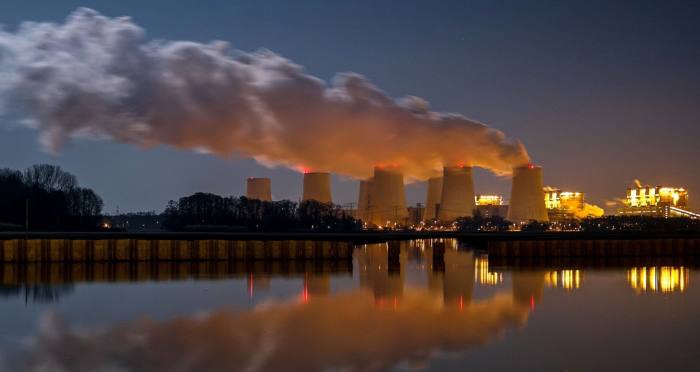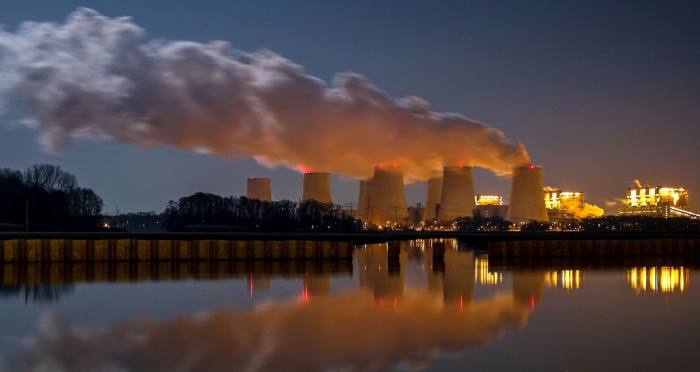[ad_1]
The writer is senior adviser to the chief executive of UBS and was previously a senior adviser to former Bank of England governor Mark Carney
The world’s central banks are going green. At a recent “Green Swan†conference for regulators, the world’s top central bankers agreed they had a clear role to play in tackling climate change. But which measures are the most important? And how much would their actions shift the cost of capital for high and low carbon companies? I suspect that climate stress tests may prove the most powerful tool to nudge the financial system.
Over the coming year, a dozen central banks will run climate transition stress tests on banks, insurers and pension funds, following the Bank of England’s lead. They include the European Central Bank as well as authorities in Australia, Canada, Japan and Singapore. These tests could be highly catalytic in repricing the cost of capital between companies. Investors will want to get ahead of these exercises.
Stress tests have been the single most consequential change in financial regulation since the financial crisis. They set the pace for capital and operational planning for banks simulating crises as a way to protect against them. They were central to the banks’ resilience during the pandemic.
Will climate stress tests be as effective? Central bankers are not climate policymakers, but requiring data and scenario analysis is likely to change risk management practices to assess climate risk as a financial risk. That was the reason I recommended them to the Bank of England in 2019: to provide a road map for integrating climate metrics into risk and governance.
We just got a sneak-peak of some of the implications in a recent exercise undertaken by the French central bank. First, insurers were far more affected than banks. The exercise suggested that extreme weather could quintuple the cost of related insurance claims by 2050. According to the Banque de France, covering these losses would require premiums to increase by 130-200 per cent. The tests also raise the spectre of insurance gaps emerging as it becomes uneconomic to insure.Â
Another lesson is about managing the transition. Risks for banks were considered “moderateâ€. Depending on the scenario, tests suggest loan losses could treble by 2050, compared with the doubling during the pandemic. But given that just 10 per cent of their portfolios were in the most sensitive sectors overall losses might only increase by 25-33 per cent.
Already, credit markets are starting to reprice firms in the transition to a lower carbon economy. According to a new study by Ben Caldecott and colleagues at Oxford university, the cost to finance new fossil-fuel infrastructure, especially coal, is rising, while the cost for renewables is falling fast.
Over the past decade, the cost of finance, measured by the interest rate spread for loans over benchmarks, for coal mines went up 38 per cent and 54 per cent for coal-fired power plants. Meanwhile renewables saw a drop in their loan spread, with onshore and offshore wind declining by an average of 24 per cent and 12 per cent respectively.Â
What could investors expect next? Higher capital requirements for banks and insurers with higher risk loans are plausible over the next 5 years. Most central banks have said the first crude exercises are exploratory and would not impact banks’ capital buffers. However, the ECB has already signalled that individual firms may be held to qualitative or quantitative requirement.
A steepening in the cost of longer term finance compared with short-term debt is also likely for carbon intensive issuers. The transition will probably drive dispersion of returns both at a sector and company level. But as firms respond to market and investor pressures, and mitigate their carbon footprints, analysis by company will prove more important than simply by sector.
And these tests are likely to go mainstream. “There’s a lot to like about climate stress tests,†Jay Powell said at the recent Green Swan conference. I think the Fed may look to explore climate scenarios as early as 2022 or 2023. They are likely to become standard for pension funds too.
Of course, there are caveats. The models are still in their early phases. A priority for policymakers and investors must separate signals from noise. And weighing up the interactions between climate science, public policy, markets, and firms’ strategic responses, is far from straightforward.
 “A thoughtful estimation of the cost of capital is a little like hygiene: There’s not much upside in getting it right, but there is a lot of downside in getting it wrong,†investment researcher Michael Mauboussin has argued. Climate stress tests will influence the cost of capital and investors will want to get ahead of them.
Climate Capital

Where climate change meets business, markets and politics. Explore the FT’s coverage here.
Are you curious about the FT’s environmental sustainability commitments? Find out more about our science-based targets here
[ad_2]
Source link






